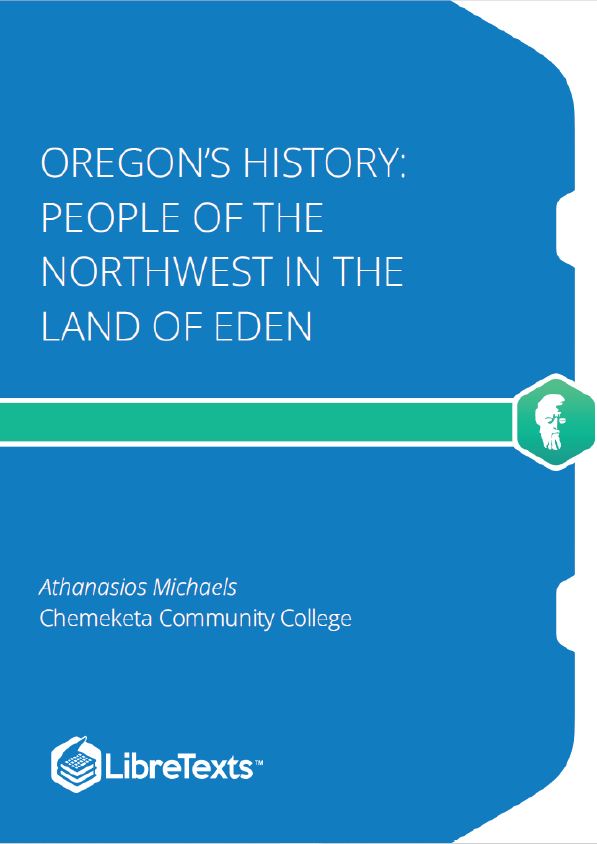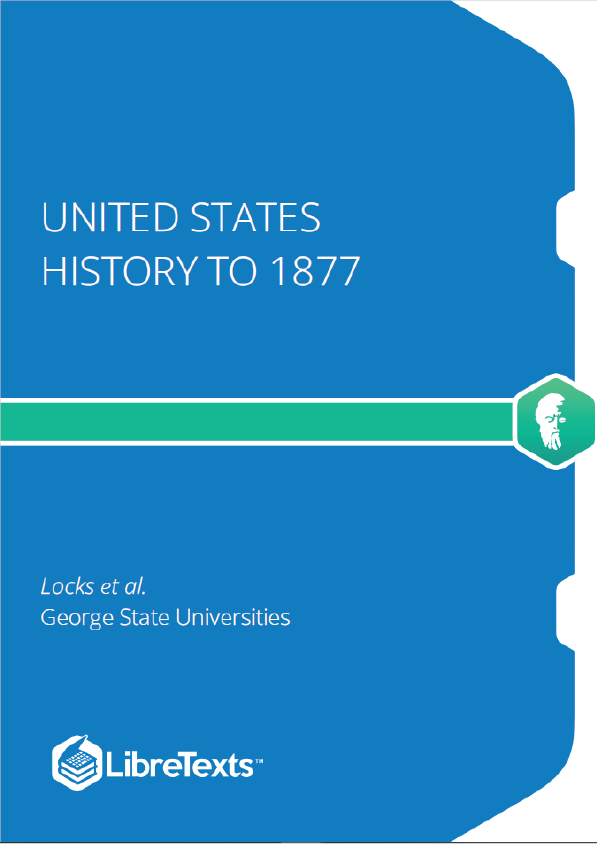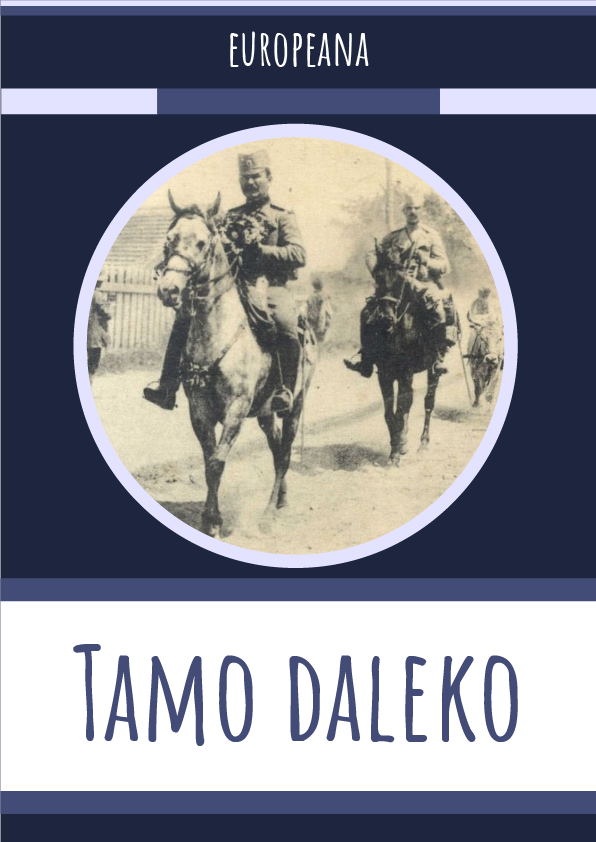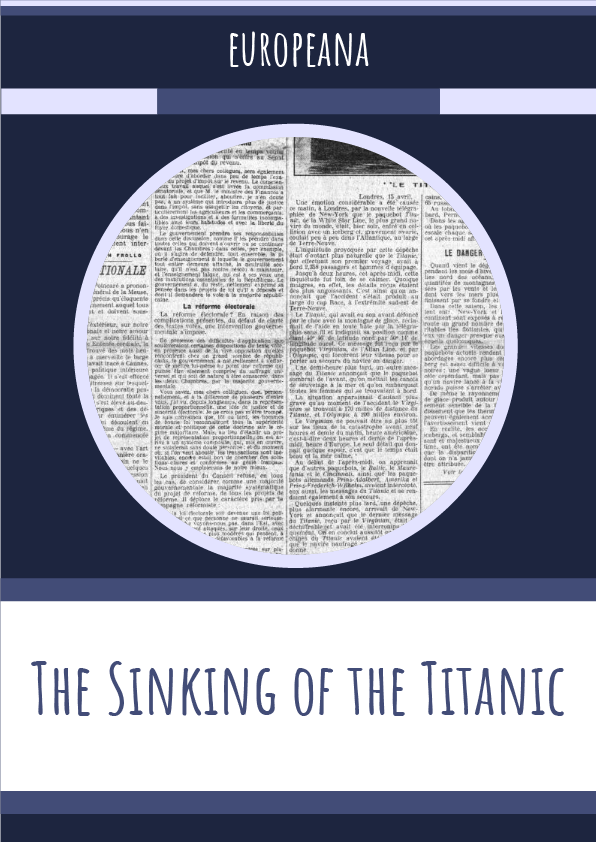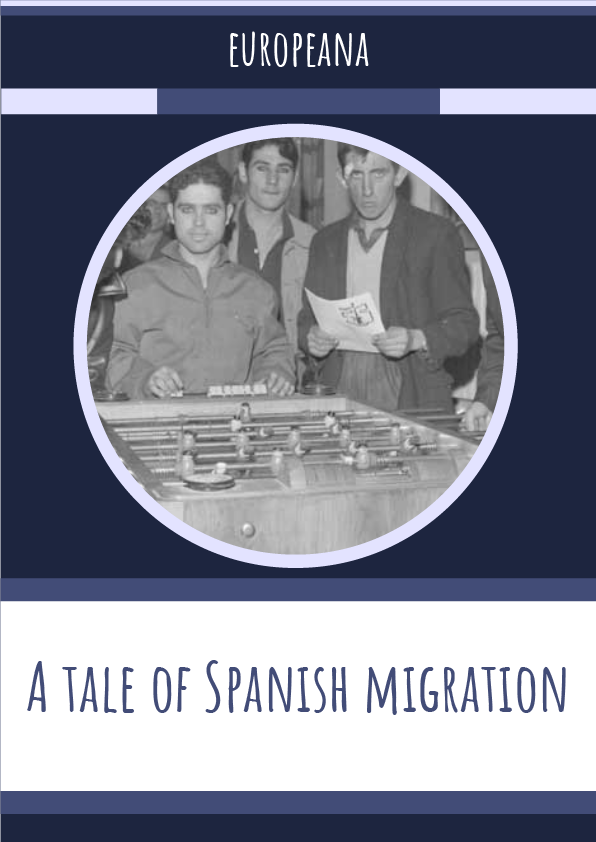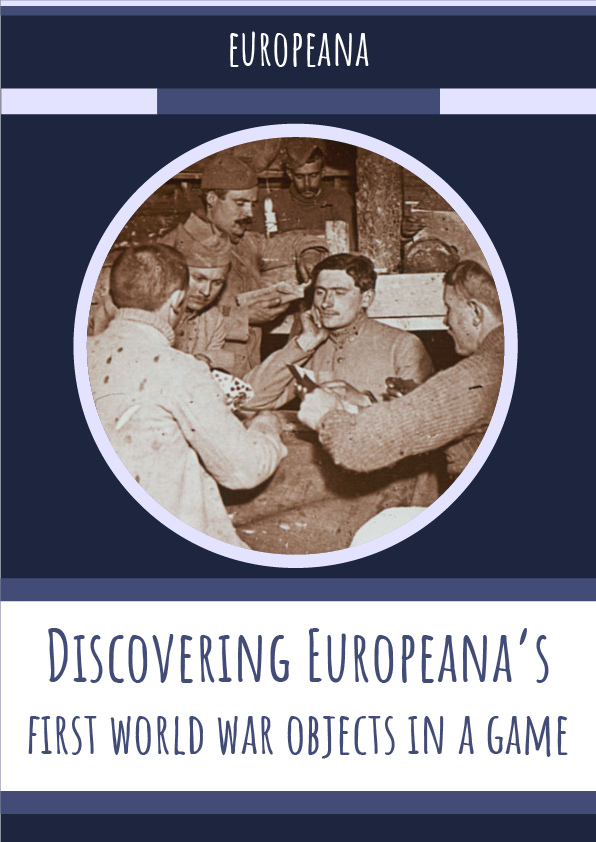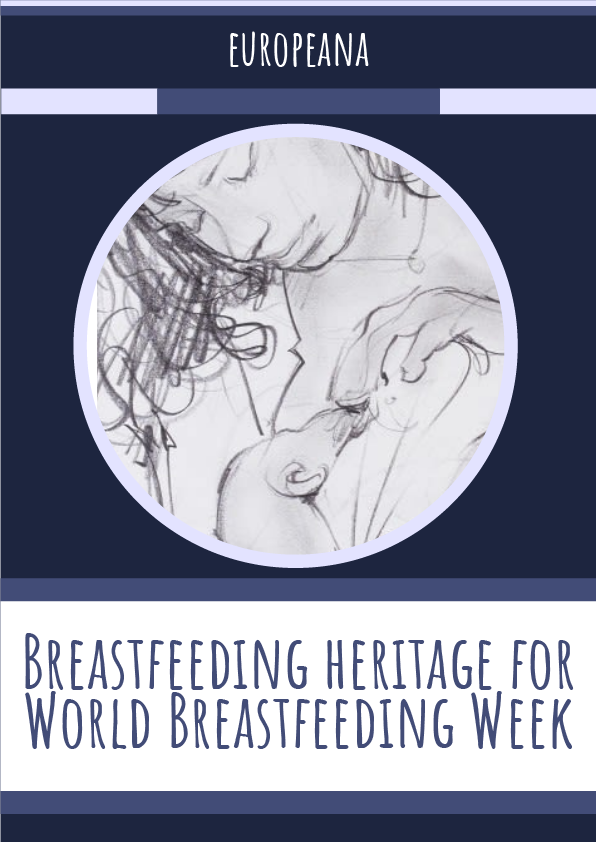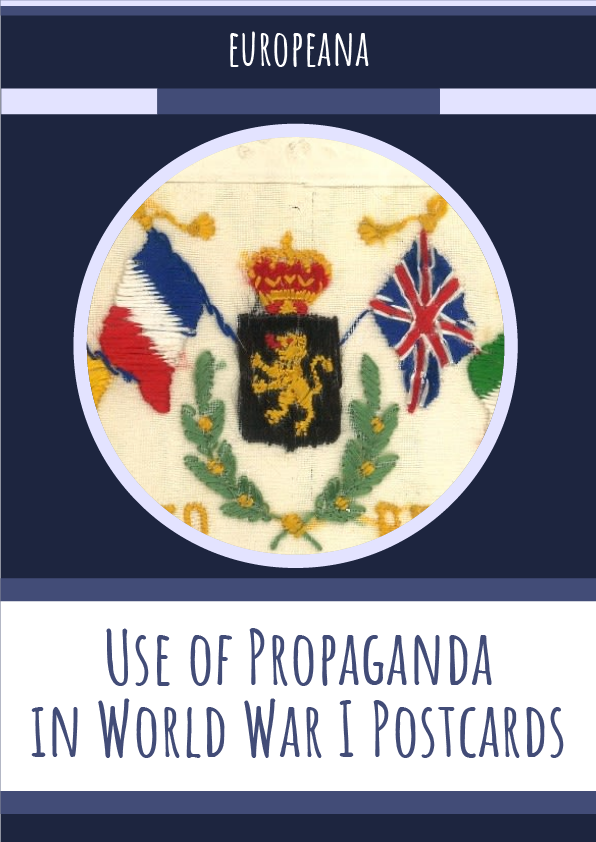Oregon is a vast land filled with enchantment, wonder, and promise. Unlike other regions in the continental United States, Oregon hosts a variety of microclimates, terrain, and a variety of flora and fauna that could fill an entire museum. The coastal region offers a majestic and serene back porch to the gigantic and powerful Pacific Ocean surging with potential energy and promise for humankind. To the east of the Coastal Range lies the Willamette Valley and its rich, arable soils nestled between two mountain ranges. On the eastern side of the valley are the Cascade Mountains (known as Yamakiasham Yaina or “mountains of the northern people”), which run through the center of the state into Washington and British Columbia. The Cascades are a series of phantasmal peaks that can be seen on a clear day in the Willamette Valley. Some of the iconic peaks include Mount Hood (known as Wy’east by the Multnomah Tribe) east of Portland, Oregon and the turbulent, crop-topped Mount Saint Helens (known as Lawetlat’la by the Cowlitz people) in southern Washington.
East of the Cascades lies the Columbia Plateau, High Desert, and Blue Mountain regions. The eastern portion of the state is marked by a drier climate in part due to the rain shadow cast by the Cascade Mountains. The northeastern border of the state, adjacent to Idaho, is home to the Wallowa Mountains and Hells Canyon, the deepest river gorge in the United States, and one of the deepest in the world. The Columbia River forms the Columbia River Gorge along the northern border separating the states of Washington and Oregon. The river is named after the ship of the fur trader and explorer Robert Gray, who sailed through the mouth of the mighty river in 1792. The Columbia River is home to various salmon, providing the backbone of life within the biodiverse environment and landscape of the Pacific Northwest.
Since Oregon is a mountainous region with active and dormant volcanos, it would be fitting to begin an Oregon story with a significant event in the state’s geological history. Mount Mazama, (known as Giiwas by the Klamath and Modoc peoples) with a peak approximately 12,000 feet high, was part of a complex of active volcanoes. The mountain was destroyed 7,700 years ago by an enormous explosion of molten rock that caused its collapse. The force of the explosion was estimated to have been forty-two times greater than the eruption of Mount Saint Helens in 1980. When the top half of Saint Helens crumbled into Spirit Lake, it completely altered the lake sending a wall of water, rocks and debris into the Columbia River. The eruption of Mount Mazama sent a towering column of pumice and ash thirty miles high into the atmosphere, and when it collapsed, it formed the Crater Lake caldera. The volcanic material settled in thick layers around the outer rim of the caldera, and as the volcanic depression deepened, rain and snowmelt began to fill the caldera. Wizard Island was formed during a separate eruption and stands above the surface of Crater Lake. Indigenous peoples of the Klamath River region recognized Mount Mazama, both before and after its transformation into Crater Lake, as a spiritual center of great power and continue to hold great awe and respect for the mountain.
The Klamath historical memory of Giiwas corresponds closely to geologic data of the cataclysmic eruption. According to one source, the eruption of Mount Mazama was seen as retribution for the people’s violation of taboos, and as punishment for their arrogance and decadence. “They were being punished for forgetting the right way to live,” according to one Klamath.[1] In the wake of the eruption, Crater Lake was seen as a place of potency for visions. The local Klamath, Modoc and Paiute, in addition to Takelma people from the Rogue River Valley, have travelled to the mountain for generations for a variety of cultural and spiritual purposes.
